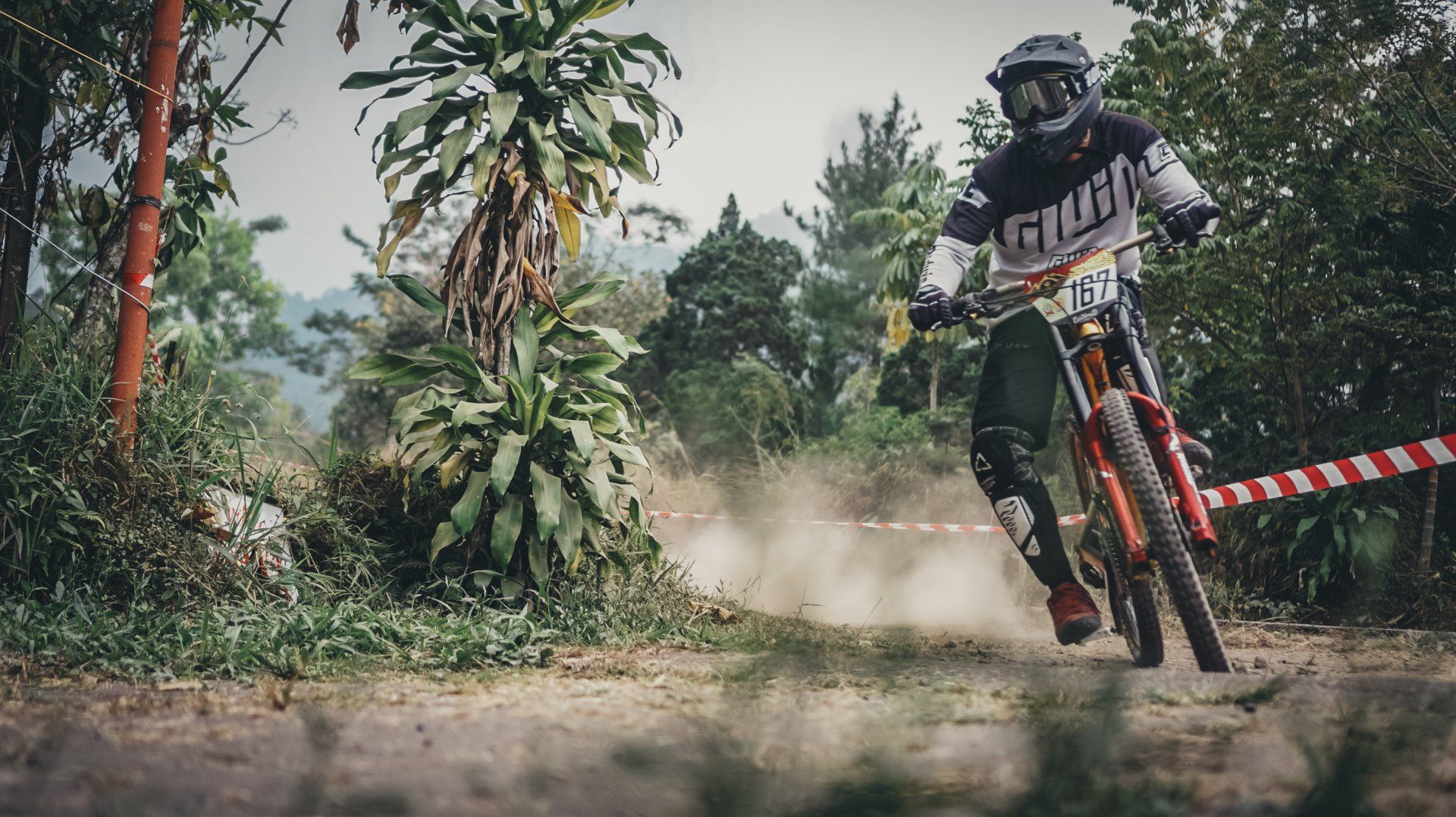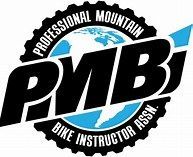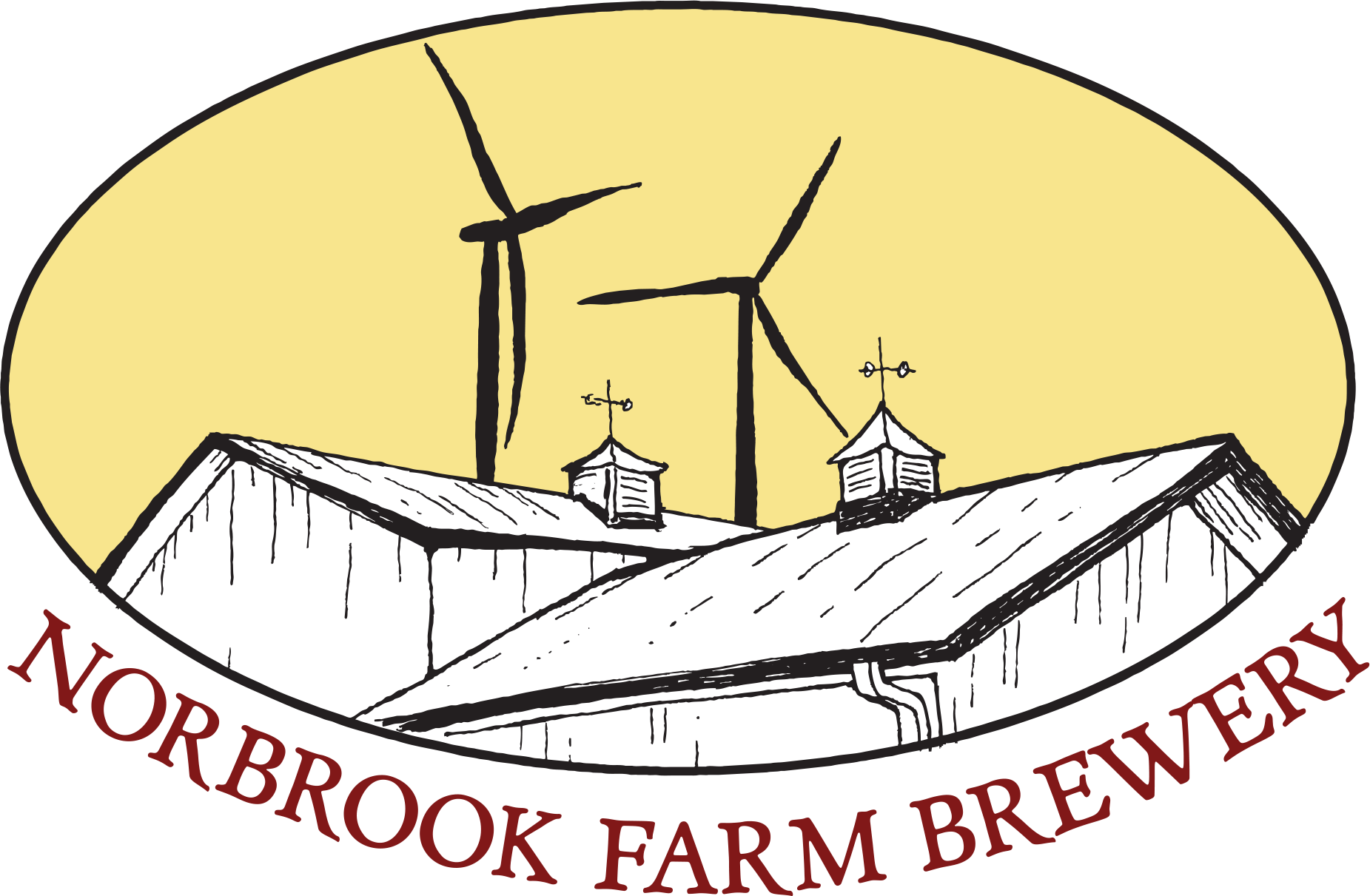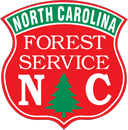Gravel Riding: 3 Tips for your Gravel Adventure!
Tips For Gravel Riding

One of the fastest growing styles of cycling, Gravel Riding gets riders off-road, but not too far, and for good reason. A form of Adventure Cycling that mixes elements of road and mountain biking, Gravel riding also known as Gravel Grinding or Adventure Bike-Riding, consists mostly of riding over unpaved dirt or gravel roads. Going off the beaten path allows for incredibly scenic and quiet miles.
The term "gravel" is used to describe just much any unpaved road, including jeep trails, practical public or private country roads used by oil and gas firms, ranchers, and farmers. Gravel, muck, compacted dirt, sand, and pebbles are all acceptable surfaces. Gravel bikes can handle anything, including washboards, singletrack, bikepacking, and errand runs with panniers loaded.
The fact that circumstances might fluctuate more on gravel rides is one of the greatest distinctions between riding a road, mountain bike, and gravel rides. Gravel cyclists need to be prepared for any adventure due to weather, the various types of gravel roads, and the restrictions of skinnier tires as compared to mountain bikes. Due to muck and challenging terrain, participants in several gravel races have had to carry their bikes for miles. All of this is a part of the "unknown" adventure that many gravel riders find appealing!
Gravel riding offers a different kind of experience! Compared to other cycling disciplines, the gravel riding community has a distinctive and generally more social atmosphere. It has no membership fees or license requirements and is not a part of any of the strict cycling federations.
Before beginning your own gravel trip, make sure to read the following 3 tips!
THE BIKES:
A gravel bike initially has the same traditional drop bars, shifters, and 700cc rims as a road or cyclocross bike. However, there are minor adjustments and modifications scattered throughout that assist the bike tackle more challenging terrain.
The size of the tires is the main distinction. Anywhere your abilities allow, you can ride a road bike. Slick and thin tires, however, only have a limited amount of grip, and pinch flats from colliding with bigger objects at high speed are a concern. Additionally, the thinner your tires, the more gravel you sink into and howl to a stop. Gravel bikes have bigger tires, which means they can ride through deeper dirt and gravel with fewer flats and more traction.
In addition to having longer wheelbases and more relaxed geometry than a typical road bike, these drop-bar machines are often faster and more stable over uneven terrain. a more upright posture, stability provided by a lower bottom bracket, and room for wider tires. Compared to the rim brakes typically seen on road bikes, flat-mounted disc brakes have better modulation and stopping power.
When riding on gravel surfaces, it's ideal to select parts that will make the ride as smooth as possible. There are now numerous stems available that minimize the affects of jarring gravel roads by absorbing vibrations. Similar to how a suspension fork on a mountain bike can, this shock absorption makes for a fantastic riding experience.
Another component of the bike that will significantly impact your riding and comfort on bumpy gravel roads is the tire pressure. You can use lower tire pressures with tubeless tires set up for improved traction on a variety of surfaces. Try out different tire pressures; if one is too high, you won't have enough grip to maintain the rear wheel's connection on the incline of the weakly packed gravel. If it's too low, you'll waste energy while riding on the pavement. Run 45 PSI rear/40 PSI front as a decent starting point (for a 150 lb rider) then adjust dependent on the terrain.
Although they are tough enough to withstand dirt trails, fire roads, etc., these bikes are still capable of competing on any road ride. They are also light and nimble enough to easily cruise on paved surfaces. Many of our friends in Boulder have given up their road bikes in favor of gravel bikes with two sets of wheels (road tires and knobby tires) because it offers more value.
THE TECHNIQUE:
Riding through gravel requires smooth lines. Avoid making abrupt bends since your front wheel will dig into deeper gravel and any steering movement will be more noticeable. The front wheel is more likely to slide on the gravel as a result, which is what causes the majority of falls. Any form of riding should avoid quick, sharp turns, but gravel terrain requires extra care to ensure stable turns. Changing your weight gradually and pointing your hips in the right direction is the finest strategy. Smooth transitions and moderate leaning are the most crucial considerations.
Light sand with 1mm-sized grains, coarse gravel with 1cm-sized grains, and 5 and 10 cm (2 and 4 in) pebbles can all be found on gravel surfaces. Basically, you should slow down when the grains are close to the width of your tires. Be extremely cautious if the rocks are larger than your tires; the greater the gravel, the slower you should travel.
Keep your seat as much as you can while riding on gravel. When walking on uneven ground, you want your entire body weight to be in one spot. When the going gets a little tougher, keep seated and gear down to ensure you maintain control over slippery terrain rather than getting out of the saddle to push through.
Over difficult terrain, it helps to unwind and float. Avoid clamping down on the handlebars or braking forcefully. Instead, keep your elbows slightly bent and relaxed. When stopping on gravel, always feather your brakes. The natural reaction when encountering washboards and bumpy roads is to press the brakes, especially when going downhill. Instead of gliding over the rough spots of the road, however, braking may cause the tires to lose touch with the surface.
GO FOR A RIDE!
Increasing interest in gravel events contributes to increased enthusiasm for gravel riding. Beyond merely riding on gravel, there are an expanding number of competitions and events. Despite the fact that there is no shortage of excellent gravel races, Dirty Kanza routinely emerges as the most eagerly awaited race of the year. The 200-mile race, which takes place in Flint Hills, has a fantastic route and some of the most unusual scenery in the area. In recent years, more people have started coming to see the Farmer's Daughter, the Belgian Waffle Ride, Crusher in the Tushar, and Grinduro. You can also look at our upcoming Gravel Adventure in Lake Placid, New York!














